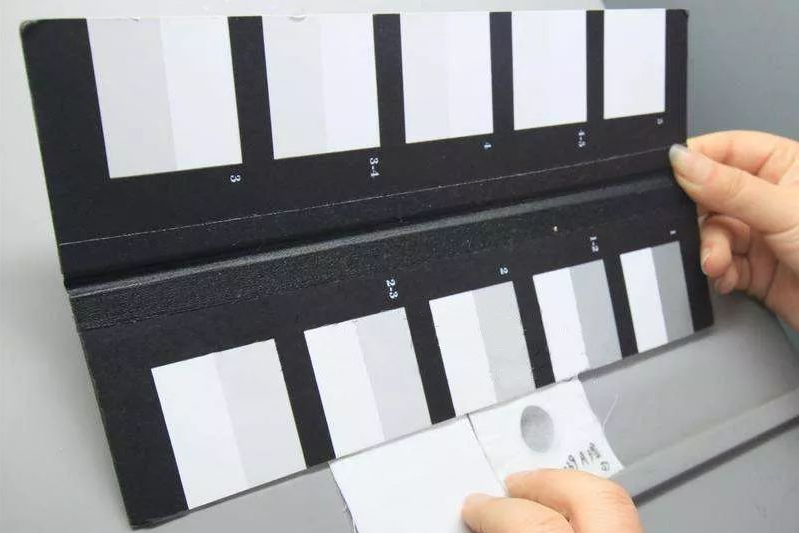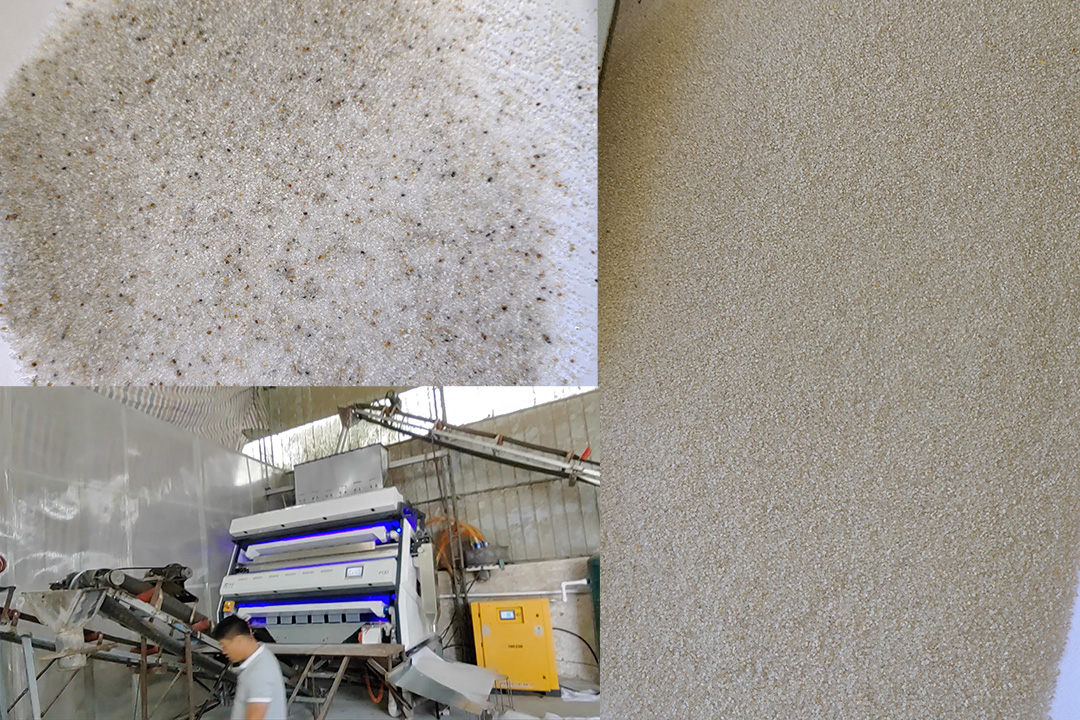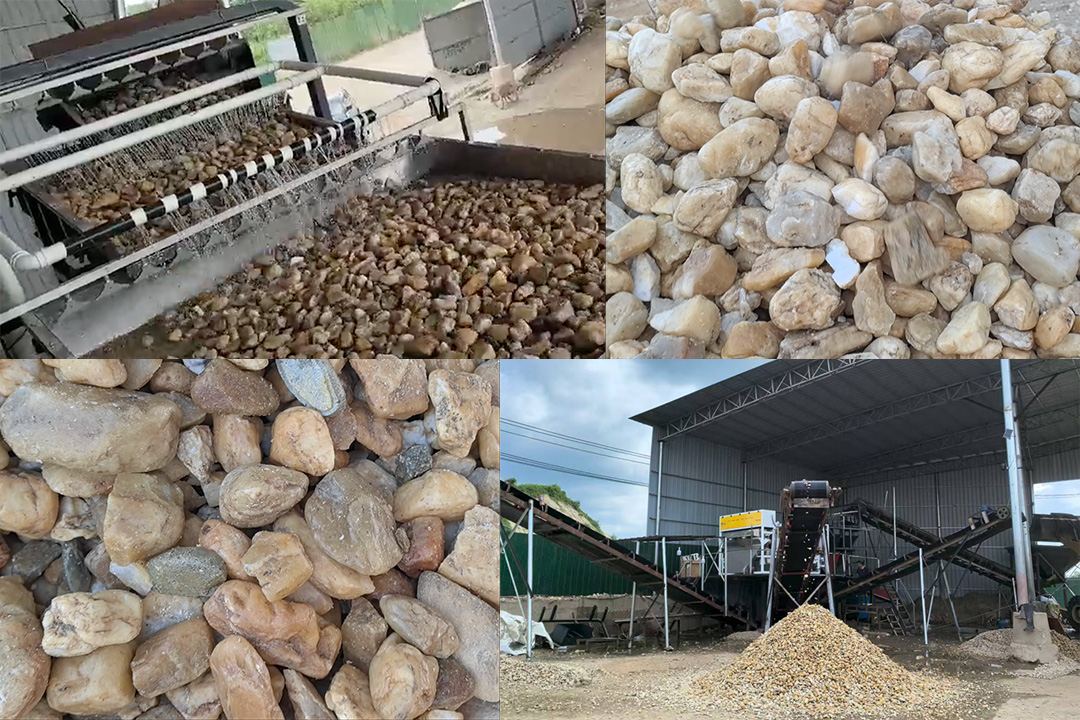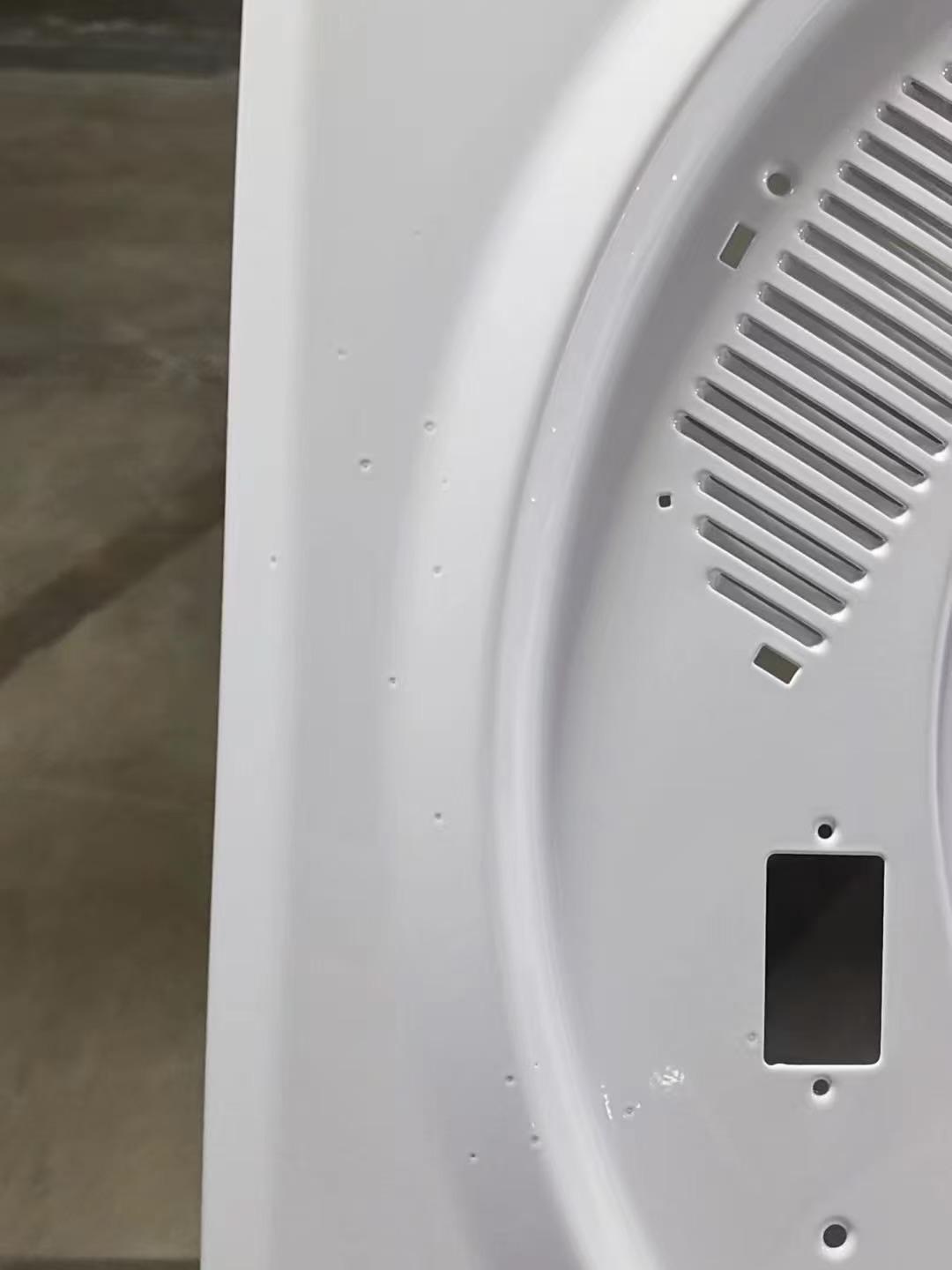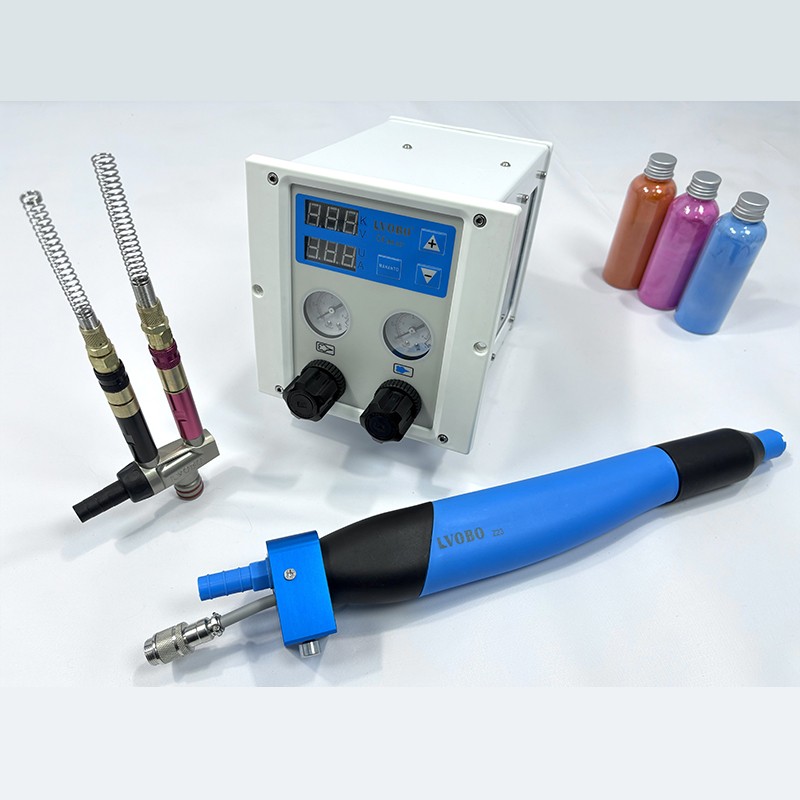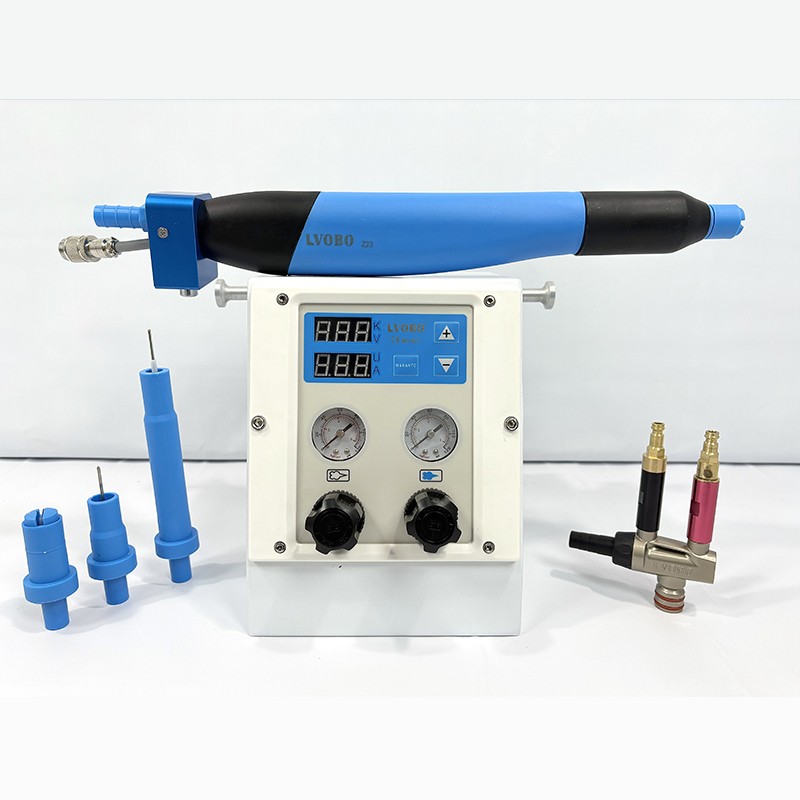Across the entire industrial packaging supply chain, choosing the right packaging format is fundamental, while effectively leveraging intelligent equipment is key to boosting competitiveness. Whether it's flexible and economical coil-grooved bags or efficient and airtight valve-grooved bags, pairing them with professional intelligent bag-making equipment truly achieves a closed loop of "cost reduction, quality improvement, and efficiency enhancement." Today, we'll take you through two industry-leading bag-making machines—the Gachn Group AI Vision Inspection Valve-Grooved Bag Making Machine and the Gachn Group GM051 High-Speed Bagging and Coil-Grooved Machine—and see how they provide optimal solutions for diverse packaging needs!
Ⅰ.Valve Bag Production Upgrade: The Gachn Group AI Vision Inspection Bag Making Machine 3.0 delivers both efficiency and precision.

(Gachn group valve bag making machine working process diagram)
Valve bags, due to their strong sealing properties and high adaptability to automation, have become the preferred choice for industries such as cement, chemicals, and mineral powders. However, traditional production processes continue to plague businesses with low manual bag picking efficiency, high scrap rates, and difficult cost controls. Gachn Group's AI-powered visual inspection valve bag making machine 3.0 addresses these pain points with technological innovation.
Core technological highlights redefine valve bag production standards.
1. AI visual inspection replaces manual inspection.
The standard raw material visual inspection system uses high-precision cameras and AI algorithms to automatically identify defects such as holes, splices, and warp and weft deviations in the base fabric, as well as skewed corners, offset bottom stickers, and poor overlaps in finished bags, with a rejection rate as low as 0.05%. This eliminates one or two bag-picking workers per production line, completely resolving the industry challenges of "difficulty recruiting and inconsistent quality inspection."
2. Fully servo-controlled, delivering both speed and flexibility.
The machine boasts a stable operating speed of 120-130 bags per minute, far exceeding traditional equipment. It supports "one-click size change," easily switching between various sizes, including 380-910mm (woven bag width) and 80-200mm (valve port length), eliminating complex debugging and increasing flexibility in batch production. Visible cost reduction and efficiency gains.
Using technologies such as single-sided lamination and reduced overlap width, customers can save hundreds of thousands of yuan in material costs annually. A scrap rate as low as 0.1% minimizes raw material loss.
3. Worry-free after-sales service and continuous empowerment.
We provide on-site installation and commissioning, professional operator training, and free electronic control system upgrades within three years to ensure the equipment maintains industry-leading performance.
Applicable Applications: Sealing is essential in sectors ranging from building materials to chemicals.

(Gachn groupCutting&inserting&sewing&top hemming machine workflow diagram)
Preventing dust leakage in dusty building materials such as cement, gypsum powder, and putty powder.
Protecting against moisture and contamination in products requiring high sealing properties, such as fine chemical powders and pigments.
Suitable for automated filling lines for bulk powders such as mineral powder and coal powder.
Ⅱ.Speeding up loop bag production: The Gachn Group GM051 high-speed bagging and looping machine combines flexibility and efficiency.
Loop bags are known for their ease of operation and cost-effectiveness, making them widely used in grain, feed, and food industries. However, traditional production processes are plagued by fragmented processes, slow speeds, and frequent manual intervention, hindering large-scale production. Gachn Group's GM051 high-speed bagging and looping machine uses a fully automated process to efficiently transition from fabric roll to finished bag.
Core technology highlights make loop bag production more intelligent.
Fully automated processes reduce manual intervention. From outer bag unwinding, inner film wrapping, and bag tail sewing to loop forming, ultrasonic lip welding, and automatic stacking, the entire process is controlled by PLC and servo drive, eliminating the need for manual operation. A 10-inch touchscreen provides graphical control, making parameter adjustment simple and intuitive.
1. Continuous conveying process, increasing speed by 30%.
The innovative "mechanism follows the bag" design reduces bag start-up and stop times, achieving a stable operating speed of 30 bags/minute. The outer bag and inner film are precisely aligned (length error ≤ ±5mm), ensuring reliable and uniform welding and more consistent finished product quality.
2. Compatible with multiple specifications to meet diverse needs.
Supporting outer bag lengths of 650-1100mm, widths of 500-650mm, and inner film thicknesses of 0.015-0.05mm, it easily meets the packaging needs of diverse materials such as rice, beans, and feed. Compatible with both M-bags and flat bags for flexible switching.
3. Detailed quality and maximum durability.
Utilizing high-quality components such as German-imported Schneider servo motors and German KTR couplings, the frame base utilizes square tubes with a wall thickness of ≥6mm, and the main wall panels are ≥15mm thick, ensuring long-term stable operation. Safety features such as wire break detection and emergency stop protection ensure greater peace of mind during production.
Applicable scenarios: Flexible packaging needs for food and agriculture.
For household and wholesale packaging of foods such as rice, grains, and beans, the ring design allows for easy access.
For agricultural granular materials such as feed and seeds, the film and welding process provides moisture and dust resistance.
For industrial raw materials such as plastic granules, efficient mass production reduces packaging costs.
How to choose? Check your needs for the right fit.
If you're producing valve bags and require high speed, low scrap, and reduced labor, choose the Gachn Group AI Vision Inspection Bag Making Machine 3.0. It's particularly well-suited for large-scale, high-standard building materials and chemical companies.
If you're focused on loop bags and require flexible adaptation to multiple specifications and full process automation, choose the Gachn Group GM051 Slitting and Looping Machine. It's ideal for industries like food and agriculture, where ease of use is paramount.
Whether it's the efficient sealing of valve bags or the flexibility and practicality of loop bags, Gachn Group, driven by its mission of "Unlocking Key Technologies and Creating Customer Value," provides full-lifecycle support from equipment to service. Contact us for a consultation to receive customized bag-making solutions, making packaging production smarter and more worry-free!





